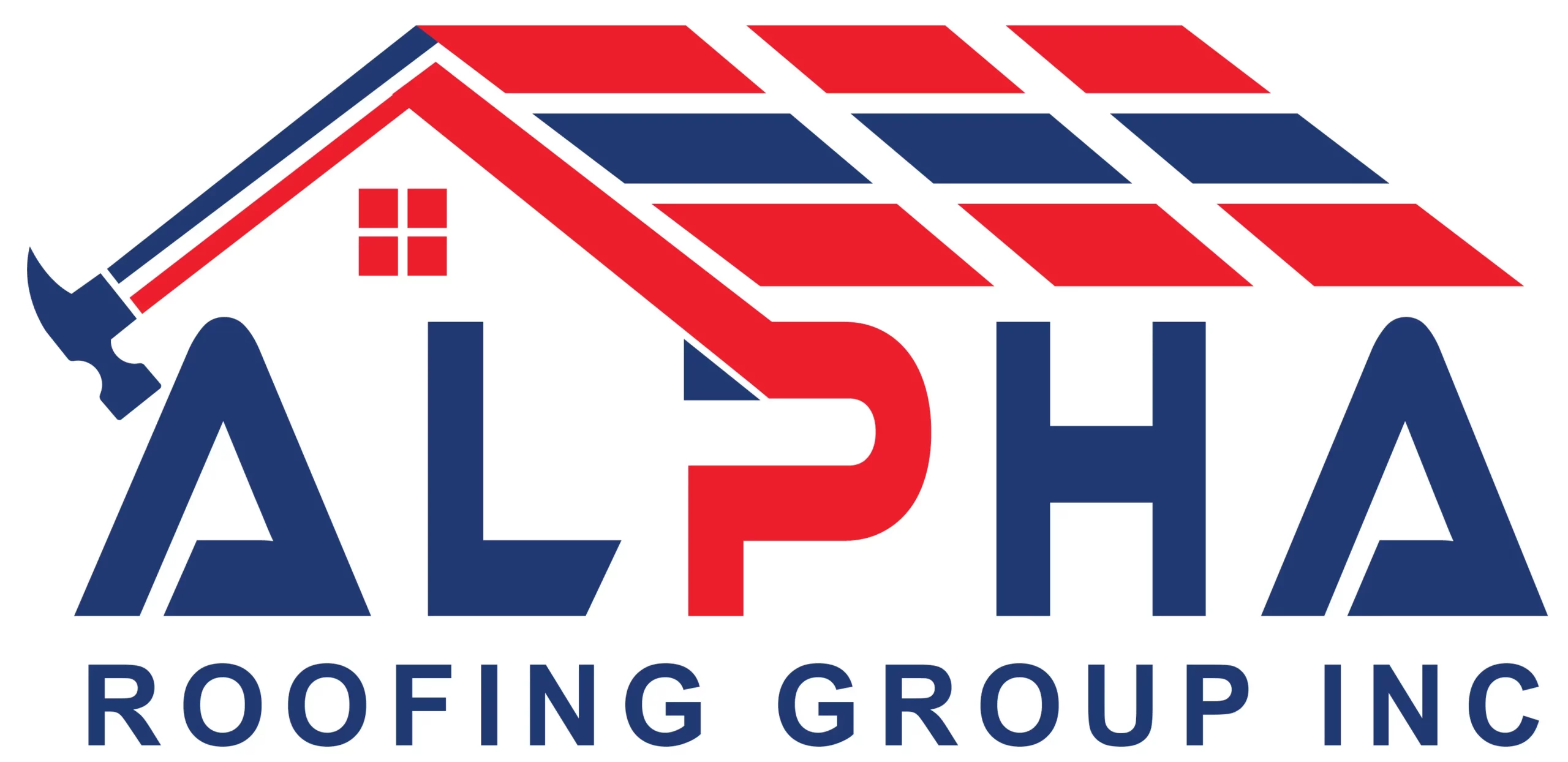The Significance of Historic Home Preservation in Burbank, CA
Burbank, CA, is a city rich in architectural history, jeweled with residences that speak volumes of the past. Protecting these historical gems demands attention to detail, especially when it comes to the roof—a critical element that shields the legacy within. The roof not only serves a functional purpose but also upholds the architectural integrity of the property, securing a visible bond between the present and historic past.
In Burbank, where the skyline is dotted with Spanish Colonial and Craftsman-style homes, maintaining the originality of roofing materials is not merely a choice but a tribute to the city’s cultural heritage. Identifying roofing materials that respect and reflect the architectural styles of these historical homes is an essential component of preservation efforts, ensuring that these structures continue to stand as testaments to times gone by.
Identifying Authentic and Traditional Roofing Materials
The quintessence of Burbank’s historic homes is often crowned with roofing materials such as clay tiles or wooden shingles, congruent with the regional architectural vernacular. Slate and tile roofing provide ageless charm and durability, making them go-to options for heritage property roofing. These materials have stood the test of time and continue to be celebrated for their aesthetic and functional virtues in preserving Burbank’s historical dwellings.
Beyond slate
and tile, other traditional choices like wood shakes and metal roofing also offer historical authenticity while ensuring longevity. Wood shakes, in particular, have been a staple in historical roofing due to their natural appearance and ability to blend seamlessly with the rustic aesthetics of Craftsman homes. Meanwhile, metal roofing has been valued for its resilience and longevity, contributing to the safeguarding of the property for future generations.
However, the selection of roofing materials involves a nuanced understanding of how they will function within the context of a historic home. Not only should the materials reflect the period in which the home was built, but they should also be compatible with current technical standards. This ensures a balance between preserving a historic home’s architectural legacy and providing the necessary protection against the elements.
Contemporary Concerns: Energy Efficiency and Sustainability
Today’s historic home owners are increasingly faced with the challenge of integrating energy efficiency into their restoration projects. Energy-efficient roofing for old houses not only has to pass aesthetic muster but also adhere to environmental sustainability and cost savings over time. The advancement in roofing technology now allows for the integration of energy-efficient materials that still echo the historical design motifs.
Preservation of historic homes in California requires not just an eye for design but an understanding of functionality. Roofing materials are thus selected based not only on their historical authenticity but also on their insulation properties and ability to reflect solar energy.
Best Practices for Roof Restoration on Historic Properties
When it comes to restoring the roofs of historic residential properties, the process requires meticulous care and adherence to preservation protocols. This is particularly true in Burbank, CA, where the local historical context must be honored. The key is to match the new materials with the original ones as closely as possible to maintain the property’s historical integrity.
In line with the California Historical Building Code, contractors undertaking restoration must focus on precision and attention to detail. This involves sourcing materials that not only look the part but also provide long-term protection for the property. Whether it’s replacing broken clay tiles or aged wooden shingles, the restored roofing should mirror the old in both form and function.
Roofing Material Selection Tailored to Historic Homes
The art of choosing roofing materials for historic residential properties lies in striking the perfect balance between traditional aesthetics and modern performance. Providers like Alpha Roofing bring expertise in selecting materials that respect historical precedence while delivering contemporary benefits such as enhanced durability and weather resistance.
Property owners should consider the craftsmanship of roofing materials—whether they are opting for slate, clay, or another period-appropriate option. Each material offers distinctive advantages, such as slate’s longevity and clay’s thermal properties, which contribute to the overall
Handy Tips
Tip 1
Investigate Traditional Roofing Options: Seek out time-honored materials like slate, clay tiles, or wooden shakes that are consistent with the era to which your historic home belongs.
Tip 2
Take the Local Weather Into Account: Select roofing materials capable of enduring Burbank’s springtime weather fluctuations, offering resilience to both the rainy periods and the intense heat of the warmer seasons.
Tip 3
Follow Regional Preservation Guidelines: Make certain your choice of roofing materials and the restoration methods adhere to the requirements of the California historical building codes, maintaining the historical character of the dwelling.
Tip 4
Emphasize Energy Conservation: In restoration efforts for older residences, gravitate toward roofing options that enhance energy efficiency, such as roofs with reflective surfaces or those that incorporate additional insulation, thereby harmonizing historical charm with contemporary energy conservation benchmarks.
Tip 5
Arrange for Regular Roof Evaluations: To ensure the longevity of your roof, coordinate with Burbank’s roofing experts for annual assessments, ideally in the spring, to identify and rectify any weather-related damage from the winter and to make preparations for the summer ahead.
Commonly Asked Question
What roofing materials are suitable for historic homes in Burbank, CA?
In Burbank, CA, suitable roofing materials for historic homes include clay tiles, wooden shingles, slate, tile roofing, wood shakes, and metal roofing. These materials are chosen for their traditional appearance and their compatibility with the architectural styles of Spanish Colonial and Craftsman-style homes in the region.
How do energy efficiency and sustainability factor into roofing for historic properties?
Energy efficiency and sustainability are essential considerations for roofing historic properties. Homeowners must select roofing materials that not only complement the visual legacy of their historic homes but also meet modern standards for insulation and solar reflectivity. Advances in roofing technology enable the integration of materials that uphold historical aesthetics while promoting environmental sustainability and cost savings.
What are the best practices for restoring roofs on historic residential properties?
The best practices for restoring roofs on historic residential properties involve a thorough understanding of preservation protocols, such as those outlined by the California Historical Building Code. Materials should be matched as closely as possible to the original ones to maintain the building’s historical integrity. Contractors should focus on precision, sourcing materials that are not only authentic in appearance but also provide robust protection and functionality.
How does Alpha Roofing ensure the selection of appropriate roofing materials for historic homes?
Alpha Roofing ensures the selection of appropriate roofing materials for historic homes by leveraging their expertise to balance traditional aesthetics with modern performance. They carefully





